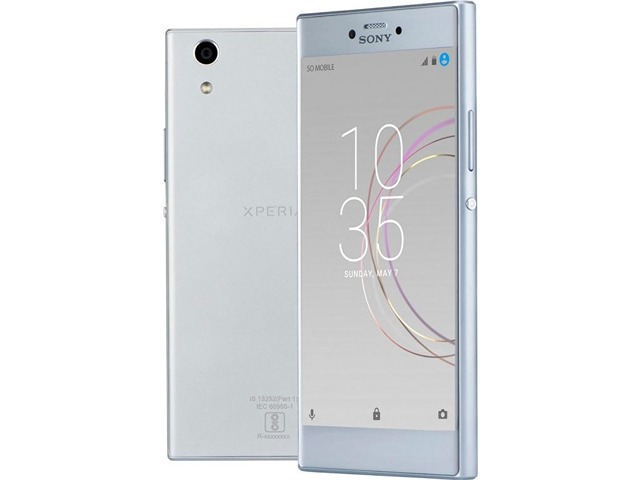Here you can read the best Sony Xperia R1 (Plus) review to grasp what are the terminologies related to Sony Xperia R1 (Plus) specifications, in terms of battery capacity, CPU type, display size, etc. Thus, you will comprehend their meanings, and you will be able to make the appropriate decision when you buy a new cellular phone.
Sony Xperia R1 (Plus) model status in the market is: Available. However, it is announced by Sony company on 10/1/2017 and Released 2017, November.
Sony Xperia R1 (Plus) has 16GB 2GB RAM, and 2620 mAh battery life (the more mAh value gives more strength to the battery). When you buy Sony Xperia R1 (Plus), you will gain 13 MP, predictive PDAF rear camera and 8 MP, predictive PDAF, 1/4″ selfie camera.
Sony Xperia R1 (Plus) comes with a 5.2 inches, 74.5 cm2 display size .
Sony Xperia R1 (Plus) has these software and hardware platforms:
* Android 7.1 (Nougat) OS,
* Qualcomm MSM8937 Snapdragon 430 (28 nm) Chipset
* Octa-core 1.5 GHz Cortex-A53 Processor.
In this article, you will find Sony Xperia R1 (Plus) review which will sort-out the main Sony Xperia R1 (Plus) specifications that you need to make a wise decision about your new mobile phone.
Sony Xperia R1 (Plus) Review of The Body Specifications
People are often interested in the cellular phone’s body characteristics, which prompted most smartphone production companies to harness a significant part of the company’s research and budget to improve this aspect of mobile phones so that it fits all the ambitions of the consumer. In the following lines, you will see Sony Xperia R1 (Plus) review, which will sort-out the most important details related to the body of this device.
* Body Dimensions: 146 x 73.2 x 8.9 mm (5.75 x 2.88 x 0.35 in) which mean height, width, and thickness (depth) respectively.
* Body Weight: 154 g (5.43 oz).
For mobile phones, a weight between 140g to 170g is deemed appropriate for most people.
* Body Build: Glass front, plastic back, plastic frame.
The most popular smartphones body kinds are shown here:
* Metal. In order to give the inside parts of mobile phones the best protection, some producers build the phones’ bodies out of metal..
* Glass. Devices whose body is made of glass may look more appealing, but this kind is not considered durable when hitting hard surfaces.
* Plastic. This kind is very functional, so it is the most popular one in the manufacture of smartphone bodies.
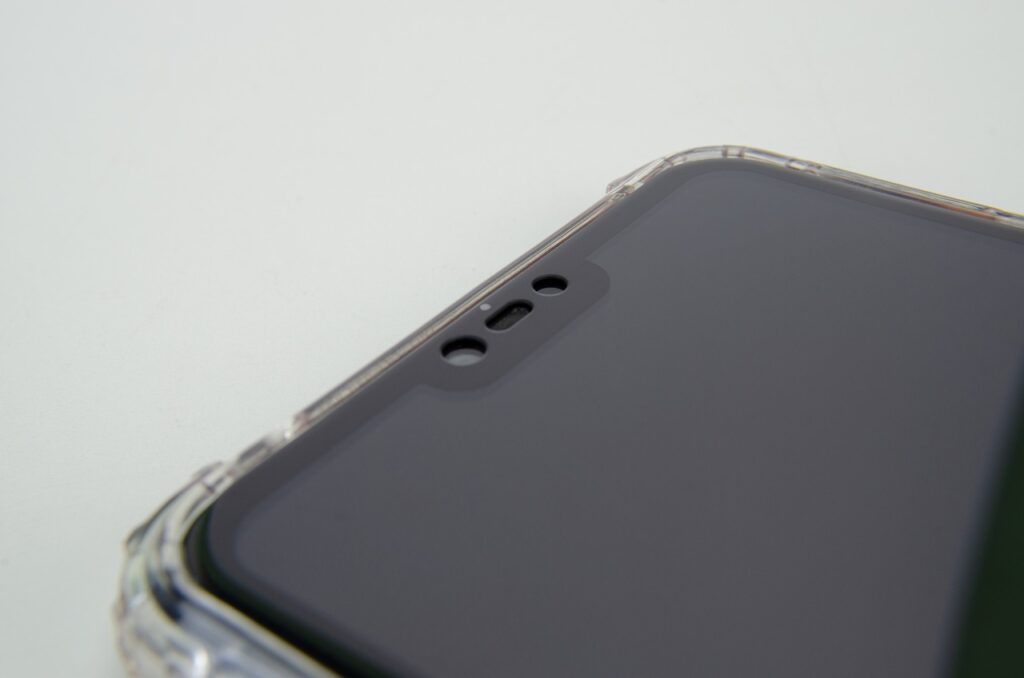
The Available Colors – Sony Xperia R1 (Plus) Review
There is no better or worse color for the smartphones case, but it depends on two factors: the first one is your personal taste, the second is the type of work you do.
Sony Xperia R1 (Plus) comes in the following colors: Black, Silver.

Sony Xperia R1 (Plus) Review of The Display Specs and Quality
The smartphone’s display is the essential component of the user interface, so it is important to understand its features well, then you will be able to select a cellphone with screen that fits your needs.
The following lines describe the main specs of Sony Xperia R1 (Plus). screen
Display Type: IPS LCD – Note to go for a display type that gives more glaring colors and genuine black..
Display Size: 5.2 inches, 74.5 cm2 – The common standard screen size of cellphones now averages between 4.7 and 6.5 inches.
Screen To Body Ratio: (~69.7% screen-to-body ratio). It refers to the percentage of how much of the front face is covered by the screen.. Smartphones that have the largest screen to body ratio look delicate and give it a premium look.
Display Ratio: 16:9 ratio. the Aspect ratio is the relevance between the height and width of the smartphone screen. Taller aspect ratios like 19.5:9 is coming with the most modern smartphones, and it is suitable for web browsing, and other portrait orientation apps.
Display Resolution: 720 x 1280 pixels. It is the clarity of an image video in details and sharpness. The pixel resolution for high definition screens is 1920 x 1080.
Display Density: (~282 ppi density). It is the number of physical pixels per inch on a screen, and is measured in Pixels Per Inch (ppi).
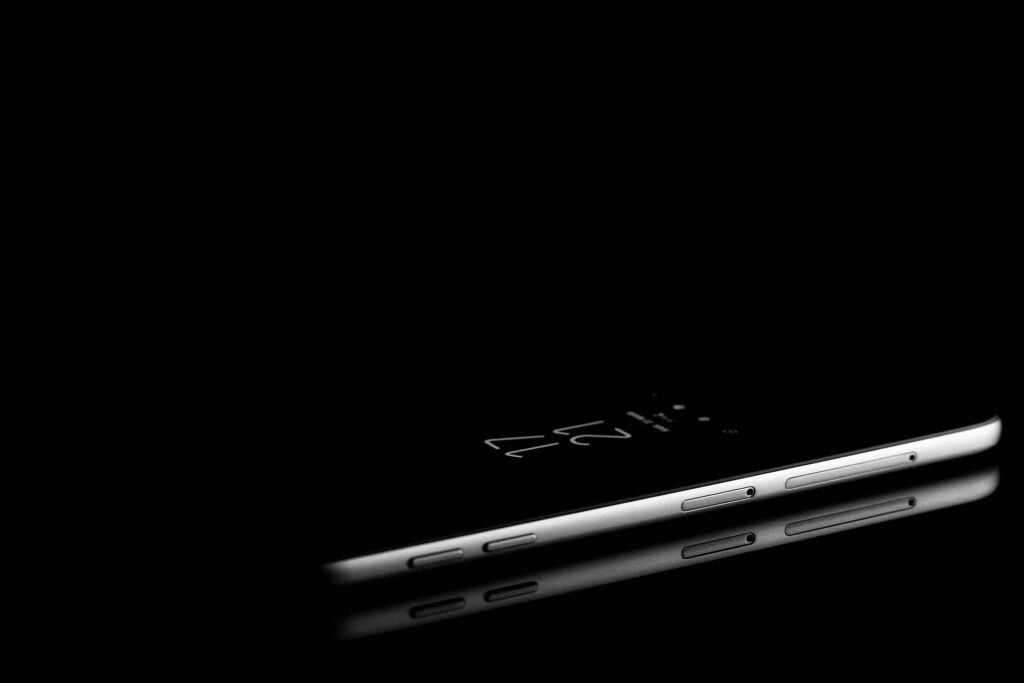
Sony Xperia R1 (Plus) Review – Camera Specifications
In the following lines, you will find Sony Xperia R1 (Plus) review about the main cameras.
* Main Camera Single: {13 MP, predictive PDAF}.
The following lines explain some of the symbols included in the camera characteristics:
MP (Megapixels) is the resolution of the image taken by a mobile phone.
(f value) is the aperture of a lens indicates how much light it lets in. The larger the aperture, the more light is let in; and vice versa.
(mm value) This measurement is of the lens’s focal length, which affects the final image that is produced by your camera.
AutoFocus (AF) is the function of a camera to automatically focus on a subject.
The main camera features are as follows:
1080p@30fps main video camera.
Here is the Sony Xperia R1 (Plus) review of the selfie camera:
* Selfie Camera Single: 8 MP, predictive PDAF, 1/4″
The main camera characteristics are:
1080p@30fps Selfie video camera.
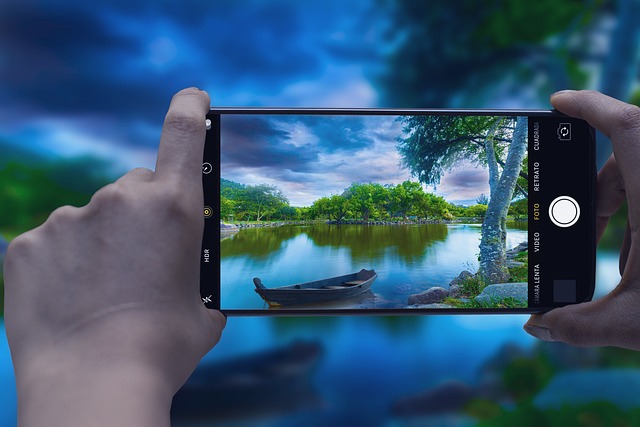
What’s The SIM card? Sony Xperia R1 (Plus) Review
SIM an abbreviation for Subscriber Identity Module, and it’s a small plastic card that fits into your smartphone. There are three sizes available for this electronic chip: Standard (Mini), Micro, and Nano, and it lets you connect to a cellular network. Then, you can make calls, send SMS messages, and connect to mobile internet services like 3G, 4G, and 5G. For more information about 3G / 4G networks, refer to Sony Xperia R1 (Plus) 3G or Sony Xperia R1 (Plus) 4G articles. However, you can use the smartphone without a SIM to use some available programs on it, play games, and connect to a Wi-Fi network to explore the internet.
This cellular phone model comes with Dual SIM (Nano-SIM, dual stand-by) card. For more information, refer to How to insert SIM card in Sony Xperia R1 (Plus) article.
Here are the common SIM card types:
* Nano SIM. It is the smallest removable SIM card size, so it is the most modern one (other than eSIMs, which we’ll read about it very soon) and it’s used by the vast majority of current cellphones.
* Micro SIM. They have a slightly larger chip, and they haven’t been utilized too often recently.
* Standard SIM (Mini SIM). It is the biggest SIM card size in use, and it’s the most rarely used.
* eSIM. It is an embedded SIM card, i.e., you can’t take it off of your smartphone.

Sony Xperia R1 (Plus) Review – Chipset, CPU, and GPU
This model has Qualcomm MSM8937 Snapdragon 430 (28 nm) chipset.
A chipset on a cellphone is most usually referred as a system on chip (SoC). It is an integrated circuit that combines all basic components of a device on a single chip. The most famous kinds are: QUALCOMM Snapdragon, MEDIATEK CHIPSETS, and INTEL ATOM.
Sony Xperia R1 (Plus) has Octa-core 1.5 GHz Cortex-A53 CPU.
The performance of the CPU will be improved if the CPU has more cores and higher speed of processing.
Sony Xperia R1 (Plus) has the following GBU (Graphics Processing Unit): Adreno 505.
This chip is responsible for handling and accelerating all graphics jobs, and more faster GPU means more powerful cellular phone will be.
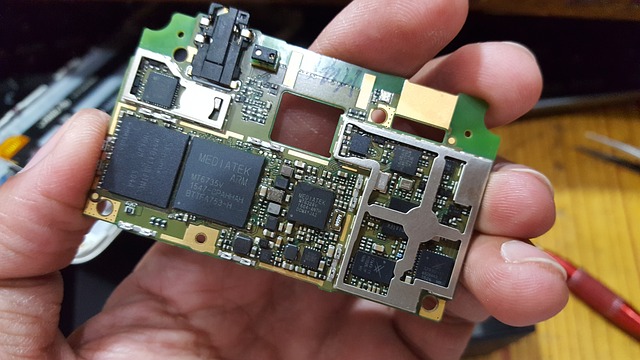
Storage characteristics – Sony Xperia R1 (Plus) Review
One of the main deciding factors when you want to buy a new smartphone is the amount of storage it offers. Actually, Sony Xperia R1 (Plus) comes with microSDXC memory card slot, and the following internal memory: 16GB 2GB RAM – 32GB 3GB RAM
Two types of phone’s memory are available:
Internal: It is built in the phone, and can’t be expanded. Nowadays, the majority of smartphones have internal memory that is at least 32GB or 64GB and a few high-end models feature 256GB or 512GB.
External: It is a removable SD card used as an extra storage to save photos, music, videos, etc., regardless of the type of SD card slot.
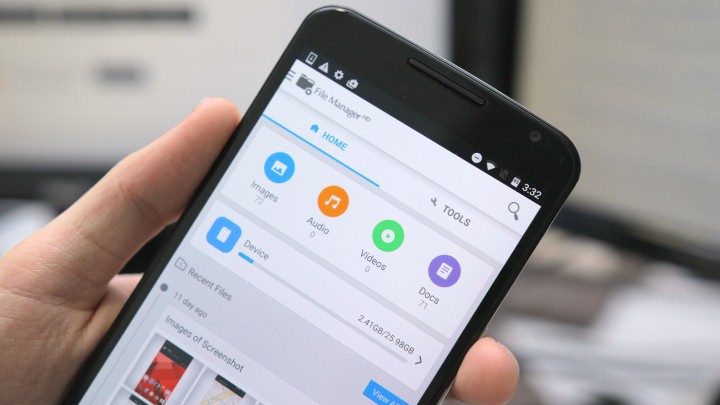
Mobile Networks and Connectivity – Sony Xperia R1 (Plus) Review
The intricate architecture used by mobile networks involves base stations distributing radio waves within hexagonal regions known as “cells” (hence mobiles also being known as cellphones). In order to prevent any signal-deficient locations, thousands of cells overlap across several geographic zones. 3 different network kinds exist today: 3G, 4G, and 5G. These networks have the capability to pick up and deliver mobile telecommunications as well as transmit and receive data and information.
Sony Xperia R1 (Plus) supports the following networks: 3G. For more info, refer to Sony Xperia R1 (Plus) 3G article. – 4G. For more information, refer to Sony Xperia R1 (Plus) 4G article.

Read About Wireless Connections – Sony Xperia R1 (Plus) Review
This model supports the following wireless communications:
* WLAN connection: {Wi-Fi 802.11 b/g/n, hotspot}. Wireless Local Area Network uses Wi-Fi to communicate to the home or office wireless network using the local router and provides Internet access.
* Bluetooth connection: {4.2, A2DP, LE}. It is a common wireless communication protocol used to connect two devices together over short ranges, allowing them share data between different devices.
* GBS connection: {Yes, with A-GPS, GLONASS}.Global Positioning System allows cellular phone to locate any position you need.
* USB connection: {USB Type-C}.Universal Serial Bus is wired technology that allows users to connect two devices, such as a smartphone with a PC, to either transfer data or to charge the connected device.
* Features Sensors: {Accelerometer, proximity}. The sensor is a device that detects and majors the changes in the nearby environment such as ambient light and motion.

Sony Xperia R1 (Plus) Review – The Operating System
This model comes with {Android 7.1 (Nougat)} operating system.
Sony Xperia R1 (Plus) Review of The Battery Main Specifications
Nothing is more important than the smartphone’s battery, which powers these gadgets and grants daily life going. In the following lines, you’ll see Sony Xperia R1 (Plus) review of its main battery.
* Battery Technology: {Li-Ion}.
* Sony Xperia R1 (Plus) comes with {non-removable} battery.
* Battery Capacity: {2620} mAh. It refers to the storage capacity a specific battery can provide. A battery with 3100 mAh capacity rating could supply a current of 3100 mA for one hour. Higher mAh ratings for the same battery kind will generally mean longer working time.

Sony Xperia R1 (Plus) Review – The Battery Secondary Specifications
Along with the main Sony Xperia R1 (Plus) characteristics that we just discussed, this model contains more battery-related characteristics that vary somewhat depending on the model of mobile phone.


